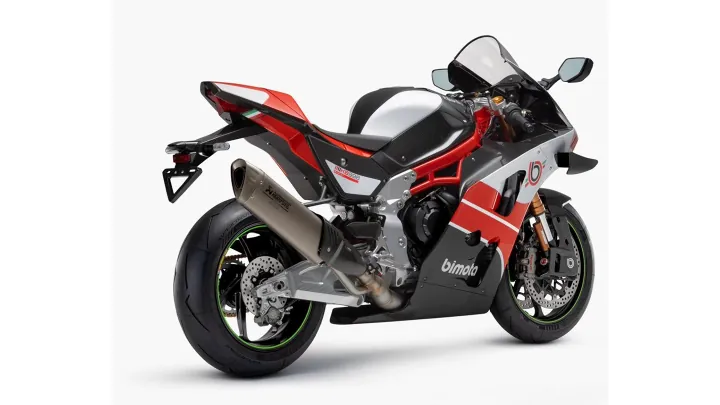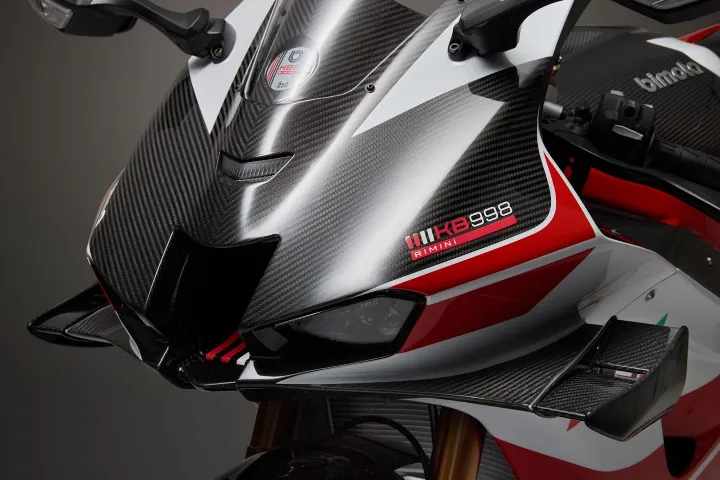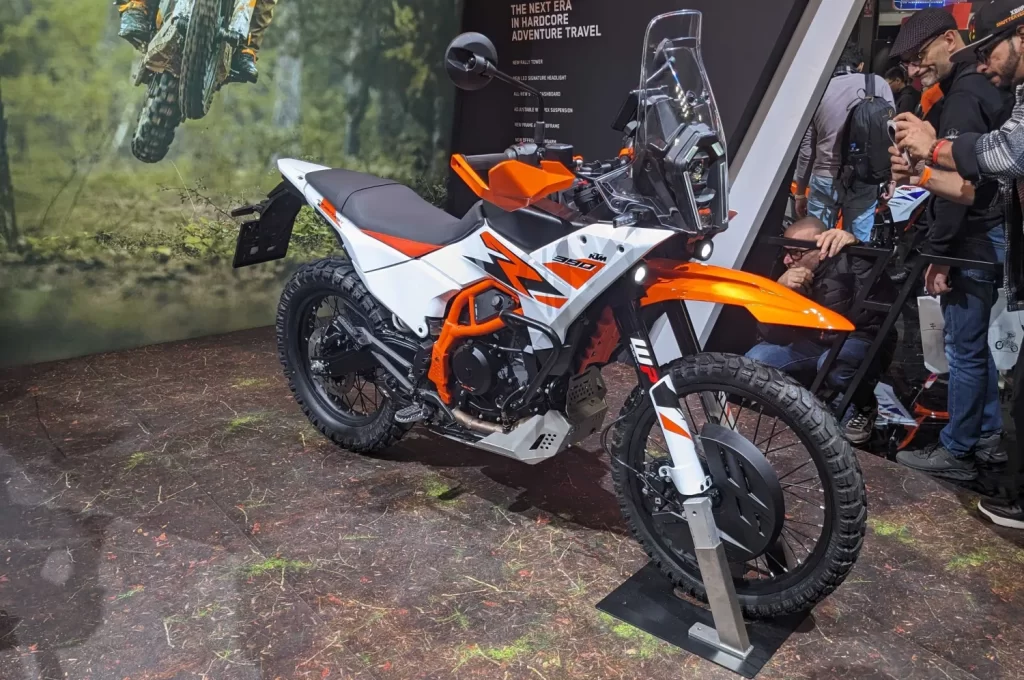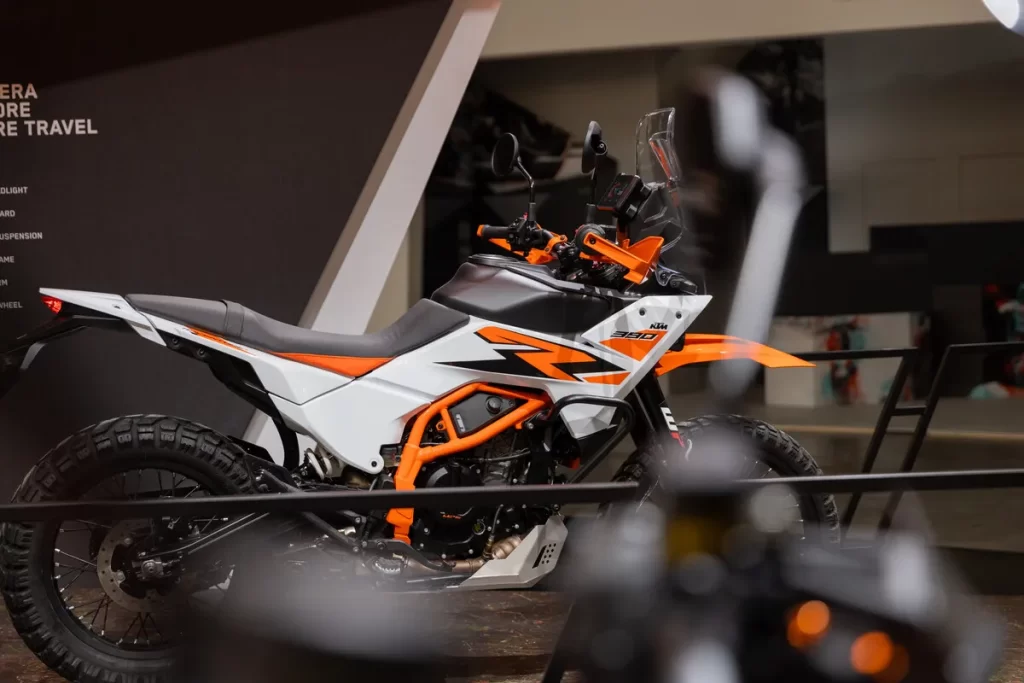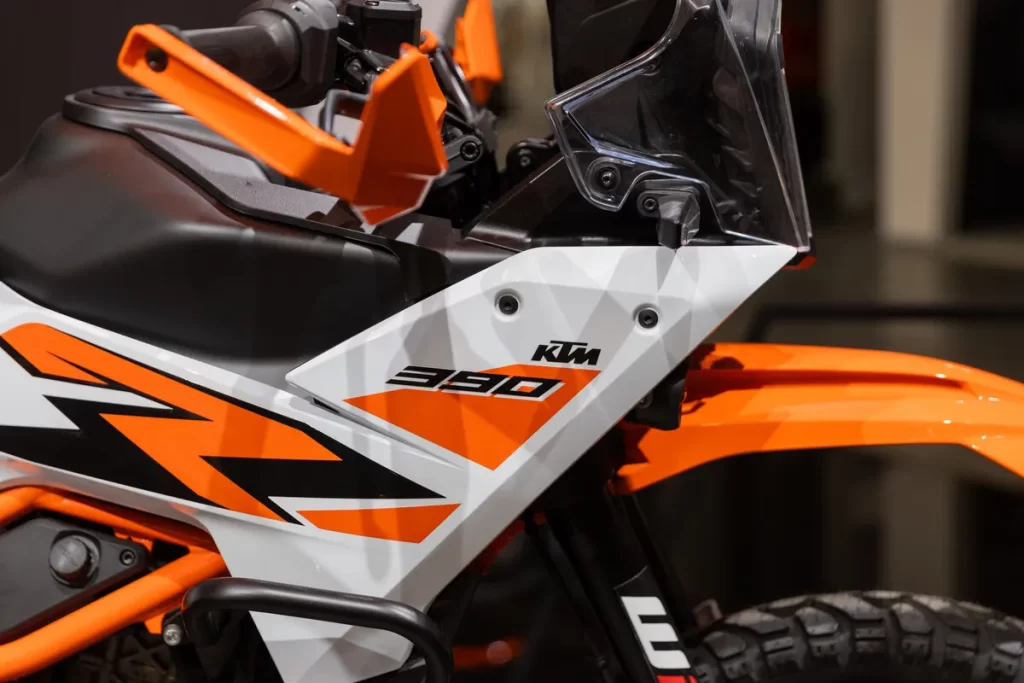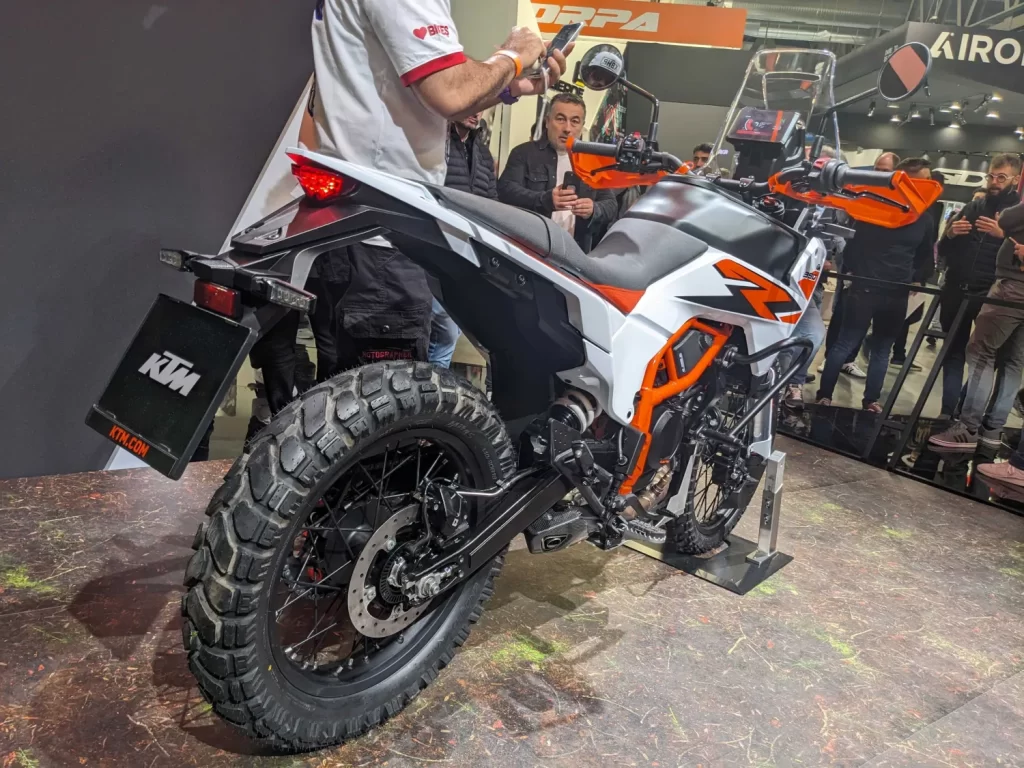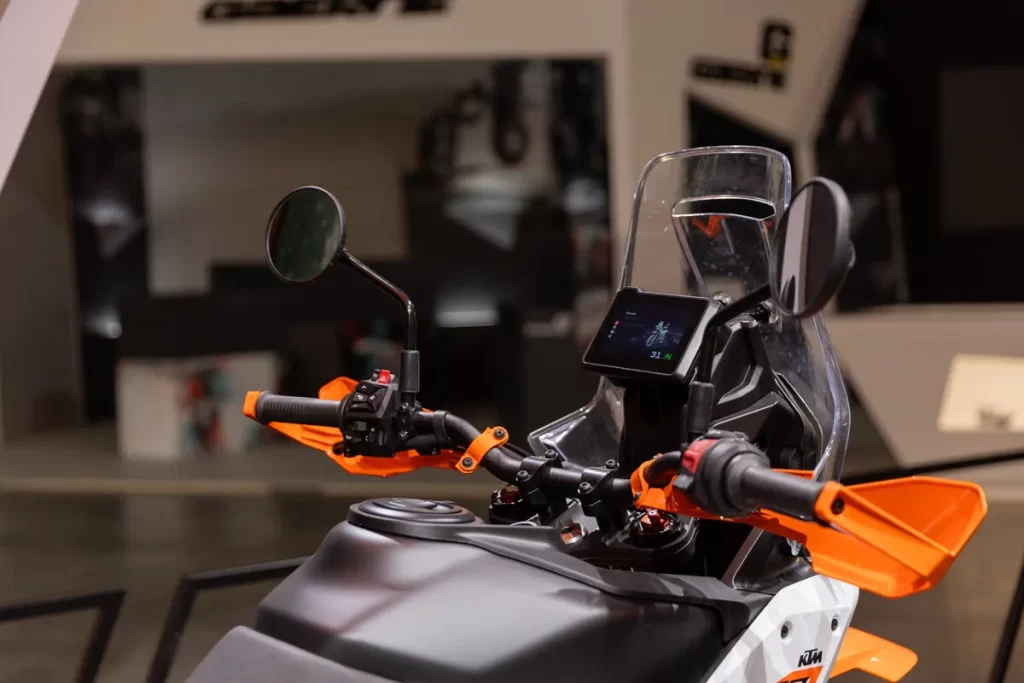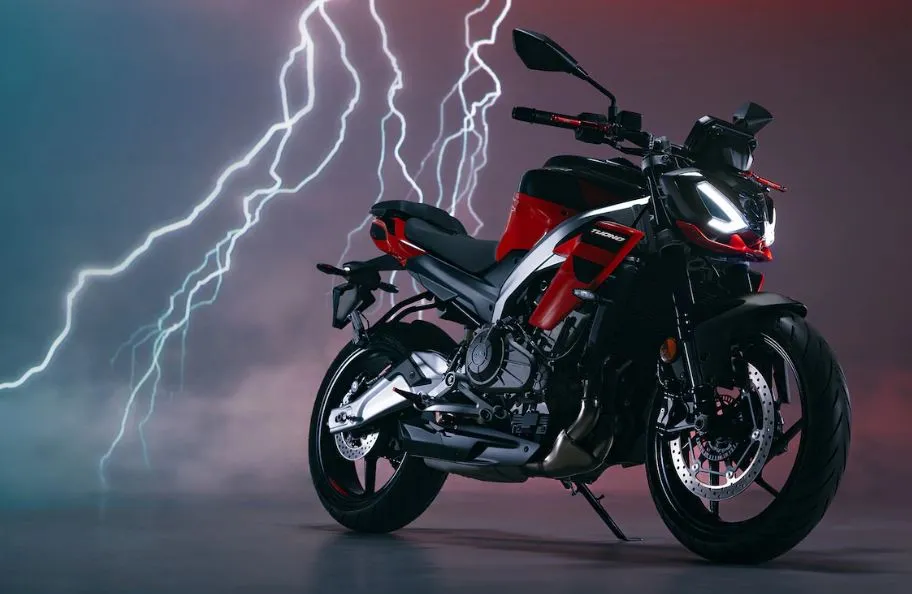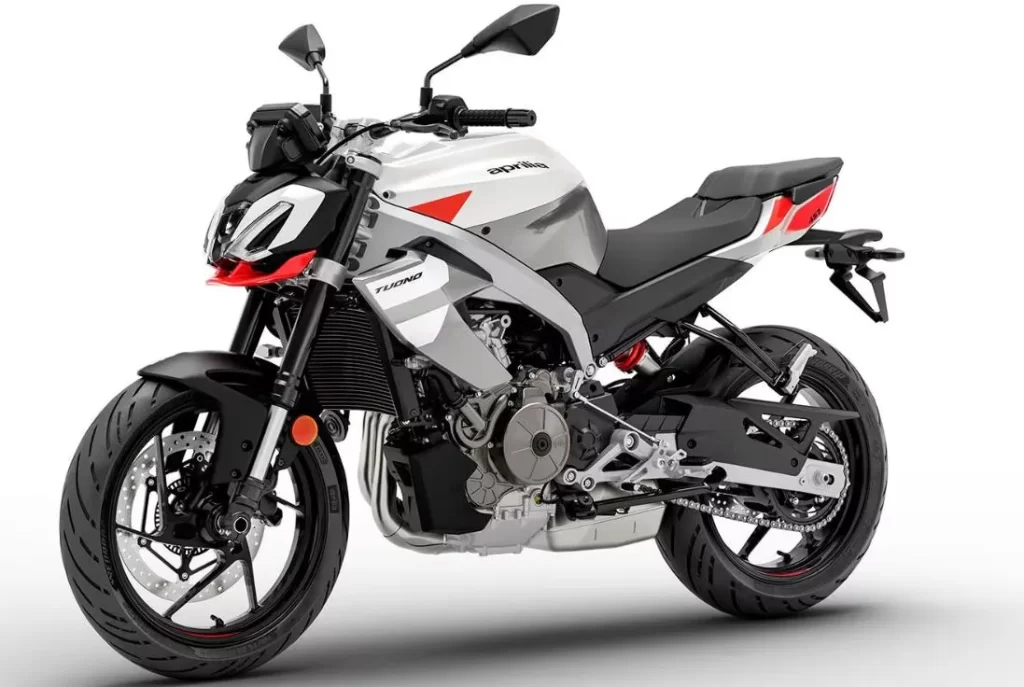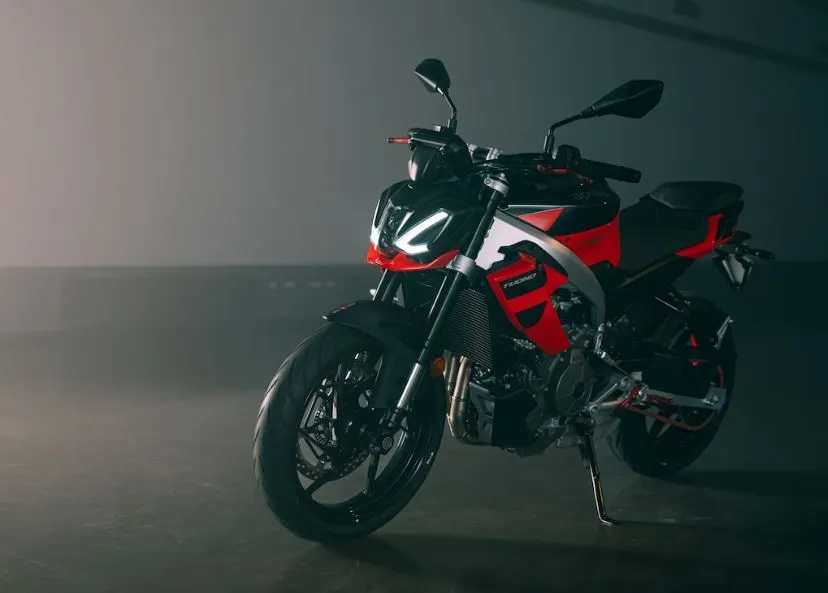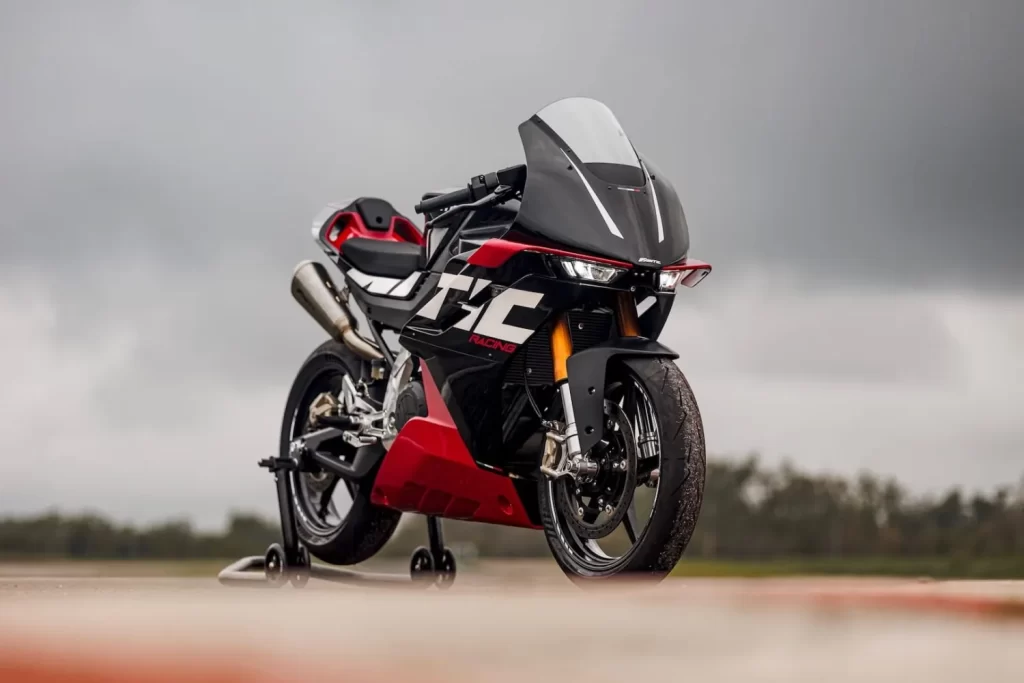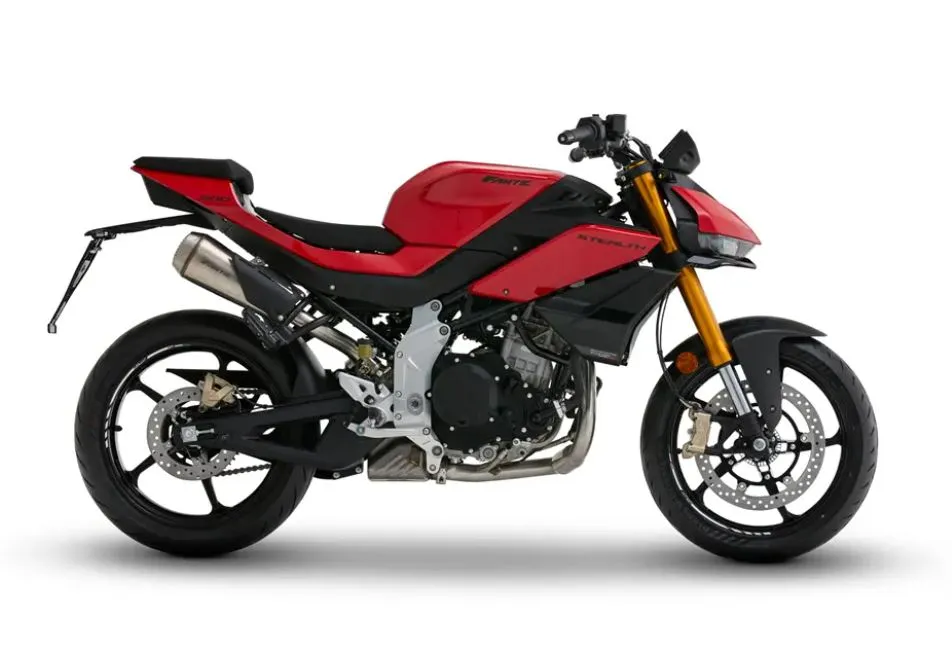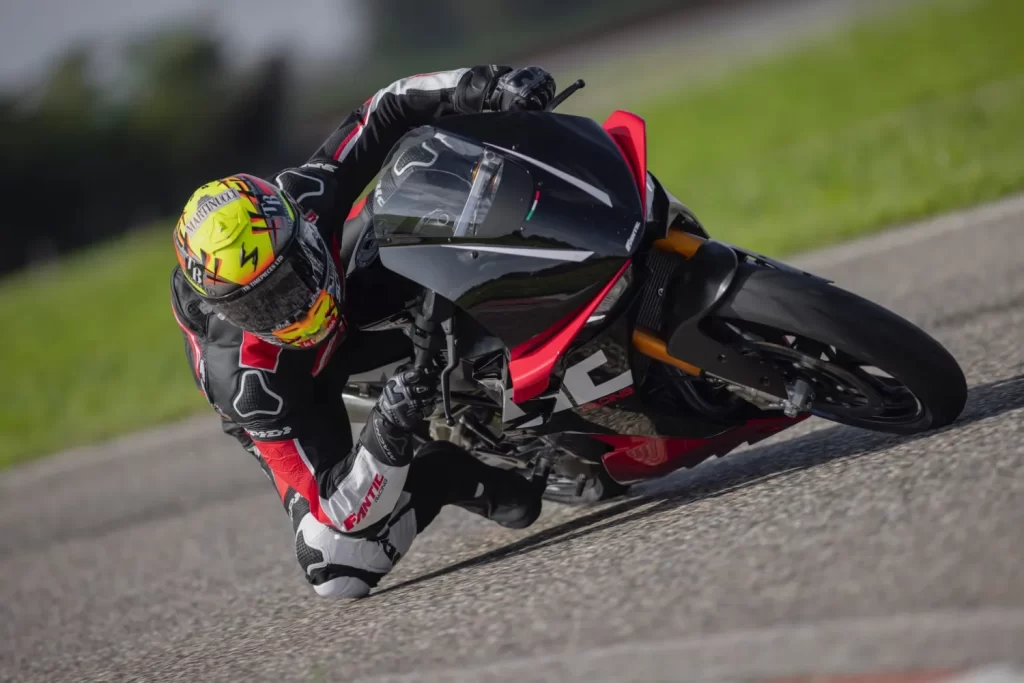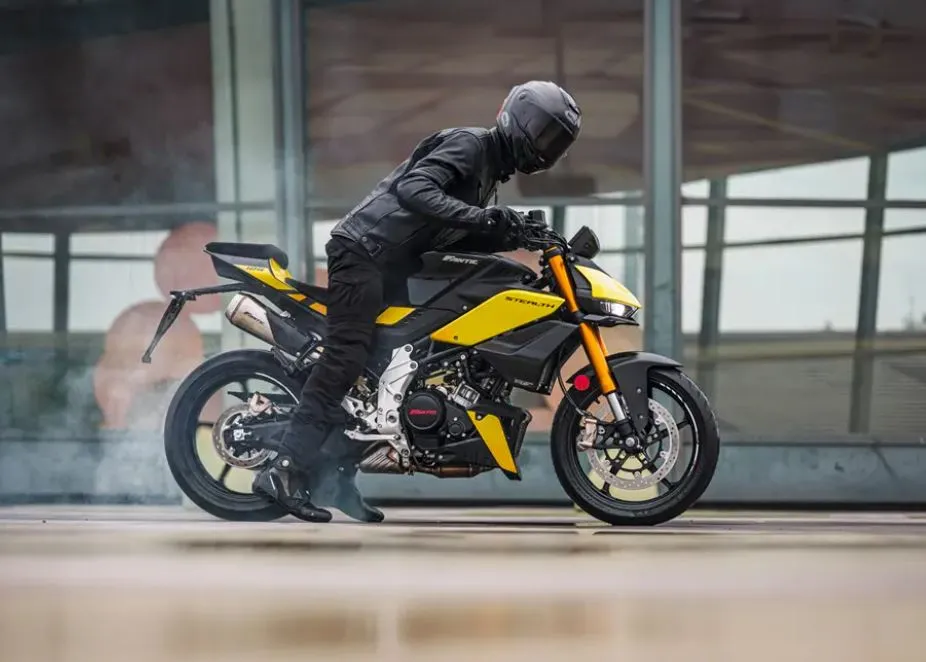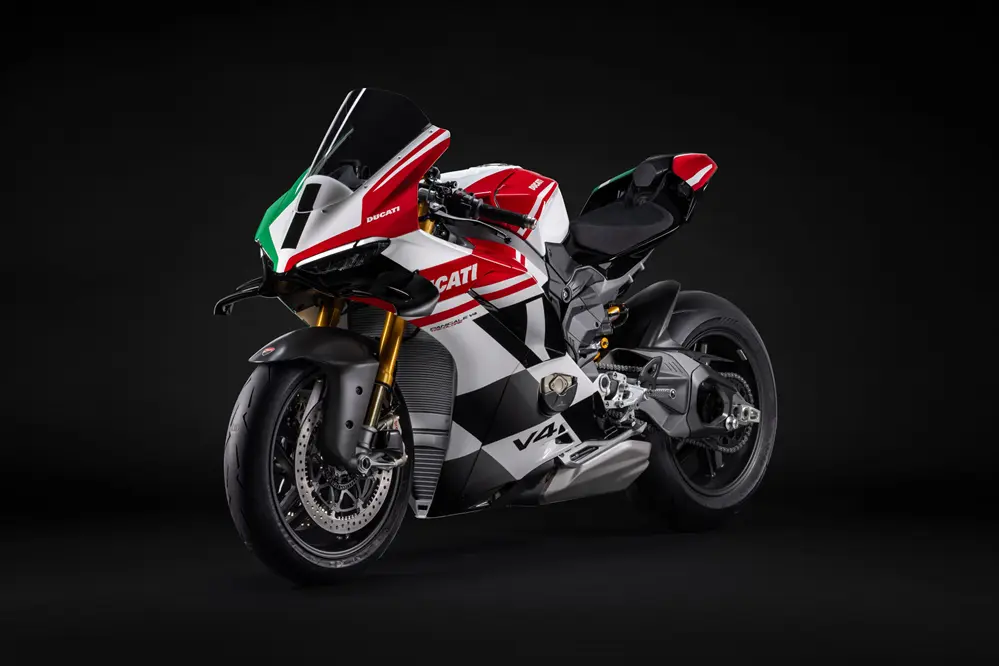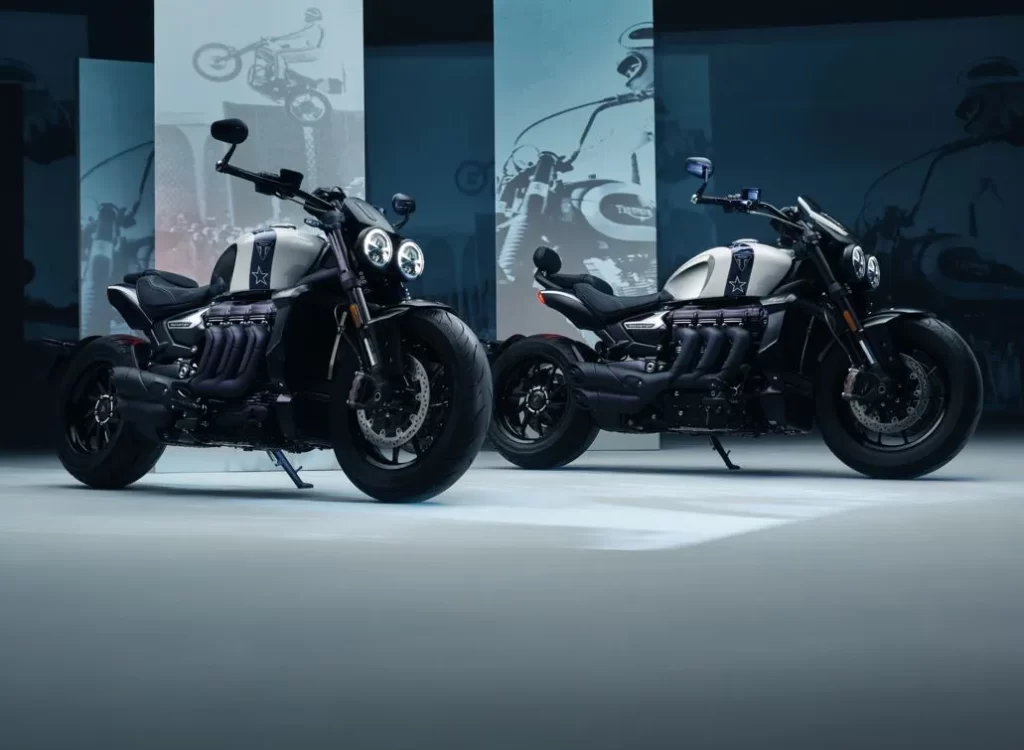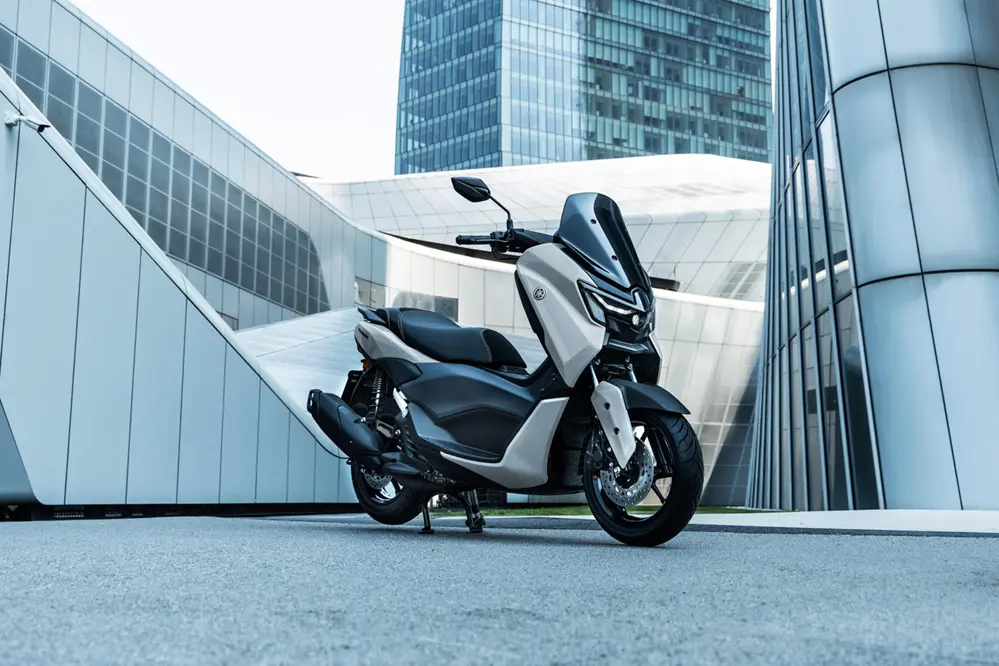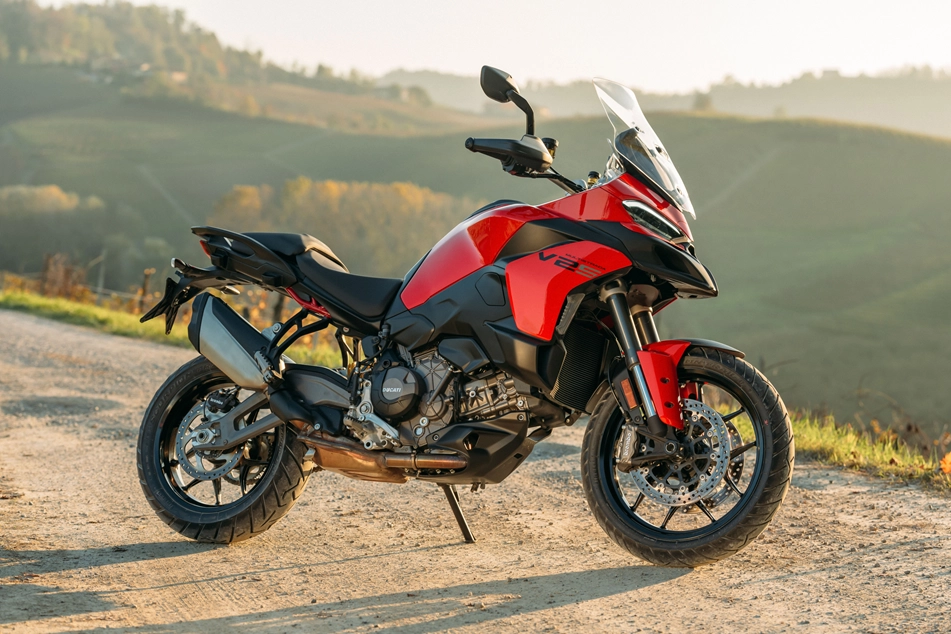A total of 37,708 summonses were issued to motorcyclists by the Road Transport Department (Jabatan Pengangkutan Jalan/JPJ) in the 13 days since the start of Ops Khas Motosikal (Motorcycle Special Operation) on 1 November 2024.
JPJ Director-General, Datuk Aedy Fadly Ramli said the fines were issued following inspections carried out by his department on 136,067 motorcycles. The department also seized 1,014 motorcycles involving various offences such as no insurance and road tax as well as excessive modifications by motorcycle owners.
“Ops Khas Motosikal will continue for two months until December nationwide. This continuous enforcement is important to educate and ensure the safety of road users.
“So we would like to remind all road users to comply with all the regulations set because strict action will be taken against those who violate the law,” he said after the Terengganu State Level MyLesen B2 Program at Sekolah Menengah Kebangsaan Padang Midin here, earlier today.
Meanwhile, Datuk Aedy Fadly said the MyLesen program is the government’s commitment and continuous effort to help the low-income group (B40) improve their socio-economic status and household income through job opportunities.
He said that owning a class B2 driving license benefits the community, including in Terengganu, by facilitating movement to manage local economic activities, thereby increasing household income.










